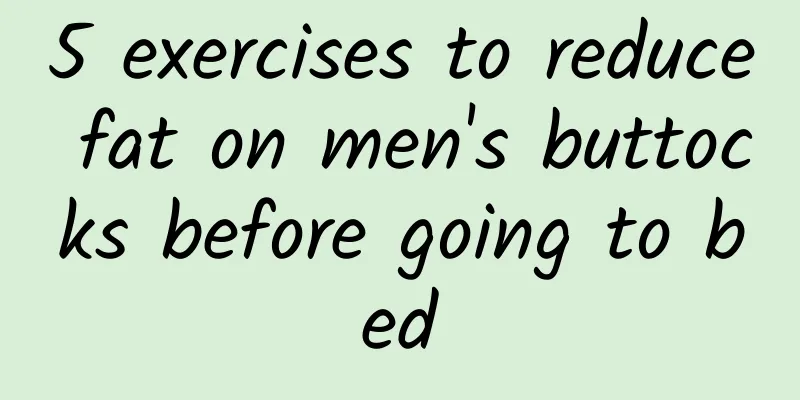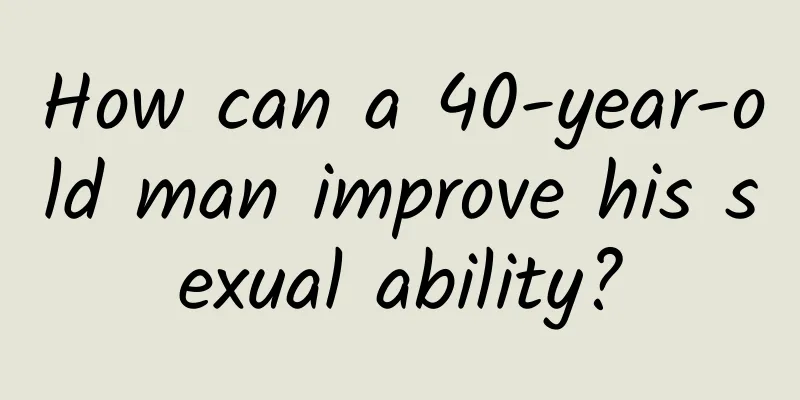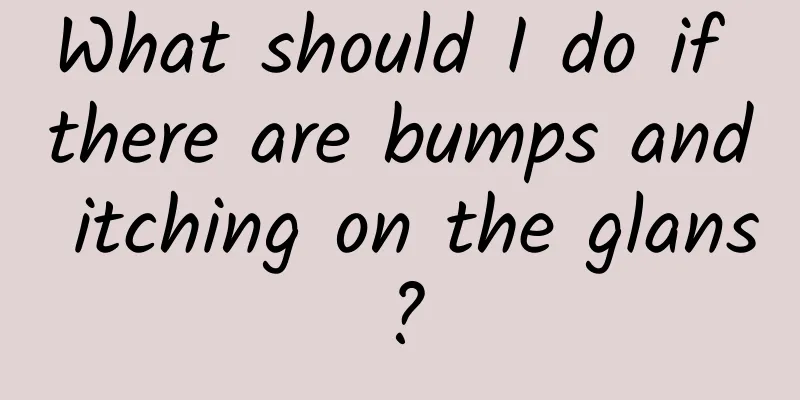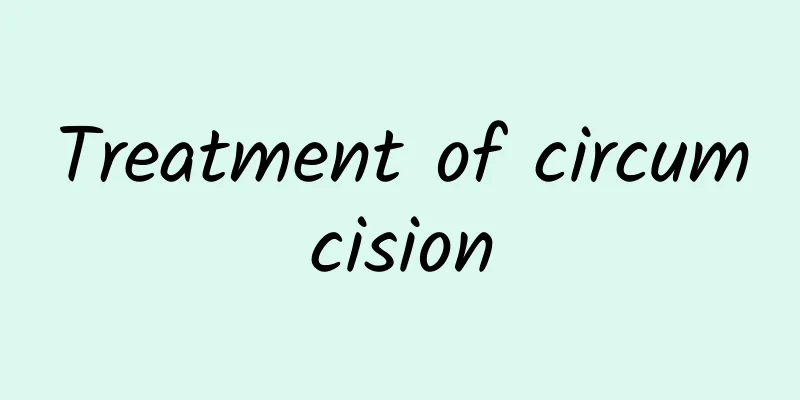Treatment methods for prostatitis
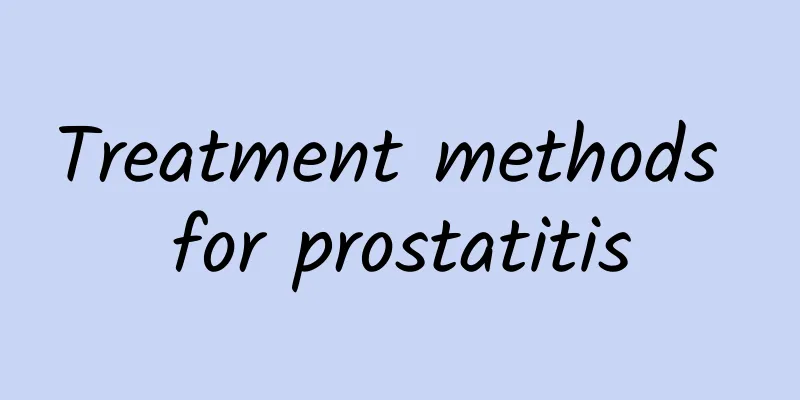
|
Prostatitis is a common disease among our male friends. It has a great impact on the health of our male patients. And men with prostatitis are often greatly affected in their daily lives, especially in their sexual lives. They need to pay attention to it a lot, so it is bound to affect the relationship between husband and wife. Many divorces are caused by this, but most people don't know it. So, what are the treatments for prostatitis? In fact, there are many treatments for prostatitis, which most patients with prostatitis know. However, many men do not dare to admit that they have this disease, which often leads to untimely treatment of prostatitis, which is very harmful to their health. So, let's talk about the treatment of prostatitis. 1. Antimicrobial therapy The discovery of known urinary tract pathogens in prostatic fluid culture is the basis for selecting antimicrobial treatment. If rare pathogens or commensal bacteria are found in the urogenital tract, they cannot be determined to be the causative pathogen. If patients with non-bacterial prostatitis have signs of bacterial infection and general treatment is ineffective, antimicrobial treatment is also appropriate. When choosing antimicrobial drugs, it is necessary to pay attention to the presence of a prostate-blood barrier composed of lipid membranes between the prostatic acini and the microcirculation, which hinders the passage of water-soluble antibiotics and greatly reduces the effectiveness of treatment. Some bacteria secrete a glycoprotein matrix that prevents antibiotics from approaching bacteria. When prostatic stones are present, the stones can become a shelter for bacteria. The above factors make chronic bacterial prostatitis difficult to treat, requiring a long course of treatment and prone to relapse. 2. Anti-inflammatory and analgesic drugs Nonsteroidal anti-inflammatory drugs can improve symptoms. Generally, indomethacin is taken orally or in suppositories. Chinese medicine also has certain effects in using anti-inflammatory, heat-clearing, detoxifying, and hardness-softening drugs. Allopurinol can reduce the concentration of uric acid in the whole body and prostatic fluid. Theoretically, as a free radical scavenger, it can also remove active oxygen components, reduce inflammation, and relieve pain. It is an optional auxiliary treatment method. 3. Physical therapy Prostate massage can empty the concentrated secretions in the prostate duct and drain the infection focus in the obstructed area of the gland. Therefore, for stubborn cases, prostate massage can be performed every 3 to 7 days while using antibiotics. A variety of physical factors are used for prostate physiotherapy, such as microwave, radio frequency, ultrashort wave, medium wave and hot water sitz bath, which are beneficial for relaxing the prostate, posterior urethral smooth muscle and pelvic floor muscle, enhancing antibacterial efficacy and relieving pain symptoms. 4.α-receptor antagonists Patients with prostatitis, bacterial or non-bacterial prostatitis have increased tension in the prostate, bladder neck and urethral smooth muscles. During urination, the increased intraurethral pressure in the posterior urethra causes urine to flow back into the prostatic duct, which is an important cause of prostatitis, prostatic stones and bacterial prostatitis. The use of α receptor antagonists can effectively improve prostatitis and urination symptoms, which is important for preventing recurrence of infection. Commonly used drugs include alfuzosin, terazosin, tamsulosin or tamoxifen. α receptor antagonists should be used for a longer course of treatment to allow enough time to adjust the smooth muscle function and consolidate the therapeutic effect. 5.Surgery Surgical treatment can be used for recurrent chronic bacterial prostatitis. Prostatectomy can achieve the goal of cure, but it should be used with caution. Since prostatitis usually affects the peripheral zone of the gland, transurethral resection of the prostate (TURP) is difficult to achieve the goal of treatment. TURP can remove prostate stones and bacterial infection lesions near the prostate ducts, which is beneficial to reduce the reinfection of peripheral zone lesions. Chronic bacterial prostatitis can lead to recurrent urinary tract infections and infertility. There are many treatments for prostatitis, as mentioned above. The treatments for prostatitis generally include: antibacterial treatment, use of anti-inflammatory and analgesic drugs, physical therapy, surgical treatment, etc. These treatments are very effective for prostatitis, so don't be afraid to see a doctor, and you must treat prostatitis as soon as possible. |
<<: Self-treatment for premature ejaculation
>>: Foods to treat premature ejaculation
Recommend
What causes itching in the male urethra?
Generally speaking, men don’t have any urinary sy...
Is circumcision good or bad?
In fact, for most male friends, there are more or...
The efficacy and effects of Panax notoginseng powder for men
The application of Chinese herbal medicine is mai...
6 classic secret recipes for men's kidney-tonifying and health-promoting diet therapy
We have to eat every day, so why not use these fo...
Men's kidneys are always cool
Traditional Chinese medicine believes that the ki...
What happens if a man doesn't have sex for a long time?
Sex life is also very important for couples. A ha...
At what age do men enter menopause?
We often talk about women entering menopause, but...
How to reduce chest fat in men
Chest fat is perfect for women, and having a pair...
What to do if the frenulum of the glans penis is ruptured
Men all have foreskins, at least Asian men do. Th...
The efficacy and function of Wubao Tea for men
Wubao Tea is a health tea specially suitable for ...
What's wrong with my sudden erection failure?
Whether a man can have an erection or not is rela...
What to do if the nipple is inflamed? Treatment methods for male nipple inflammation
Male breast health is also an issue that men need...
Why do men drool while sleeping?
We often see children drooling because they secre...
Does hematospermia require abstinence or blood discharge?
Patients with ejaculation bleeding are mainly cau...
When taking a bath in summer, three things you should not remember
In summer, the human body produces more sweat, so...
